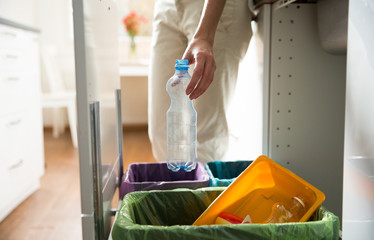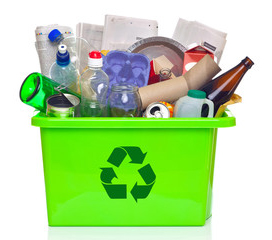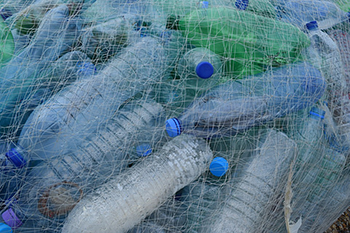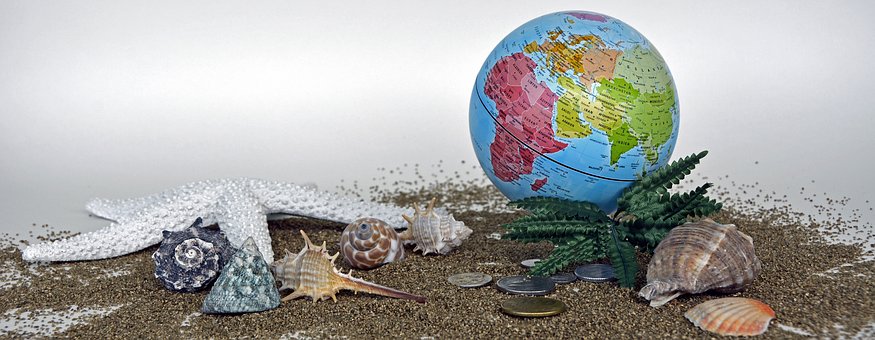The State of Recycling
What is the Data on Recycling?
Over 70 years of plastics production, studies show yields of, “ 8.3 billion metric tons of plastic produced, with around 6.3 billion metric tons of that becoming waste. And only 9% of that waste has been recycled. [1] (According to the most recent data estimates available from the Environmental Protection Agency, just 8.7 percent of the plastic that was discarded in the U.S. in 2018 was recycled.)
Why is it that we are not recycling more? Lack of industry standards, regulations, costs, and the lack of knowledge adds to the complexity of recycling. Many plastics are a mix of chemicals, which need to be broken down to isolate a base material that can be recycled. This process, if successful, increases costs. Contamination occurs when mixing non-recyclable plastics with recyclable plastics or mixing soiled recyclables. Contaminated material ends up in landfills or incinerators.
 According to a May 2021 survey by Consumer Reports of 2,079 U.S. adults, 65 percent of Americans say they typically separate plastics for recycling. Well-intentioned consumers place all types of plastics into recycling bins assuming it will be recycled. The reality is that recycling centers must separate the recyclable content from that which is not recyclable. This creates difficulties, increases costs, and can lead to contamination of plastics that could be recycled with currently available infrastructure.
According to a May 2021 survey by Consumer Reports of 2,079 U.S. adults, 65 percent of Americans say they typically separate plastics for recycling. Well-intentioned consumers place all types of plastics into recycling bins assuming it will be recycled. The reality is that recycling centers must separate the recyclable content from that which is not recyclable. This creates difficulties, increases costs, and can lead to contamination of plastics that could be recycled with currently available infrastructure.
In the realm of plastics, perception is reality. Those who participate in home curbside recycling believe they are doing their part. Businesses claiming the use of sustainable products boast of contributing to solutions to environmental concerns. In general, a growing awareness beginning around the 1960’s began driving the concept to protect the environment. Concerns for burdened landfills grew and an increase in active participation to curb the problem evolved. Governments – local and national – were compelled to react. The Environmental Protection Agency (EPA) was created on December 2, 1970, by the Nixon administration to protect human health and the environment.
There’s a growing perception that plastic is bad, and that recycling doesn’t work. However, with the onset of increasing concern for climate change, improvements to recycling are being initiated. Most municipalities operate single-stream recycling, which allows cans, glass, plastic, paper, and cardboard in a single recycling bin. Some communities have drop off stations where individual areas are separated for each of these types of waste. That makes it better for the recycling facility but puts more responsibility on individual consumers. Other recycling alternatives are being explored and continuing developments are improving recycling rates.
There is great demand for economically viable and relatively easy to recycle types of plastics. These are the familiar soda and water bottles (PET) and milk jugs (HDPE). Milk jugs can be converted to toys, furniture, park benches, trash receptacles and more.  Water bottles are typically made from a single plastic making them in high demand for recycling. PET is the most recycled of all the types of plastics. It’s one of the easiest types to recycle and there’s a large supply. Recycled PET is used to make more bottles, textiles, carpets, shoes, auto parts, containers, and packaging.
Water bottles are typically made from a single plastic making them in high demand for recycling. PET is the most recycled of all the types of plastics. It’s one of the easiest types to recycle and there’s a large supply. Recycled PET is used to make more bottles, textiles, carpets, shoes, auto parts, containers, and packaging.
29 percent of the plastic used in these jugs and bottles was recycled in 2018.[2] This is a strong indicator that consumers need to increase their recycling efforts. There are programs in place, and more being implemented that will cause the recycling rates for PET to increase. PET plastic has a dynamic and effective recycling stream already in place in the U.S. and around the world. All plastics can be recycled but the infrastructure to recycle them is not nearly as robust, and the demand for recycled plastics, other than PET, is not nearly as strong. So, what do we do with all the plastics that aren’t PET? There are other forms of recycling, one of the most promising technologies is referred to as advanced (chemical) recycling, and that will be up for the next discussion. In our next installment we will share the general concept of how chemical recycling works along with its pros and cons. Please stay tuned!
[1] The Complete Plastics Recycling Process - Recycle Track Systems (rts.com)
[2] The Big Problem With Plastic - Consumer Reports

